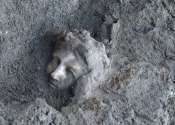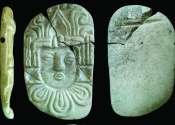Did Vesuvius bury the home of the first Roman emperor?
A group of archaeologists, led by researchers from the University of Tokyo, announce the discovery of a part of a Roman villa built before the middle of the first century. This villa, near the town of Nola in southwestern ...









